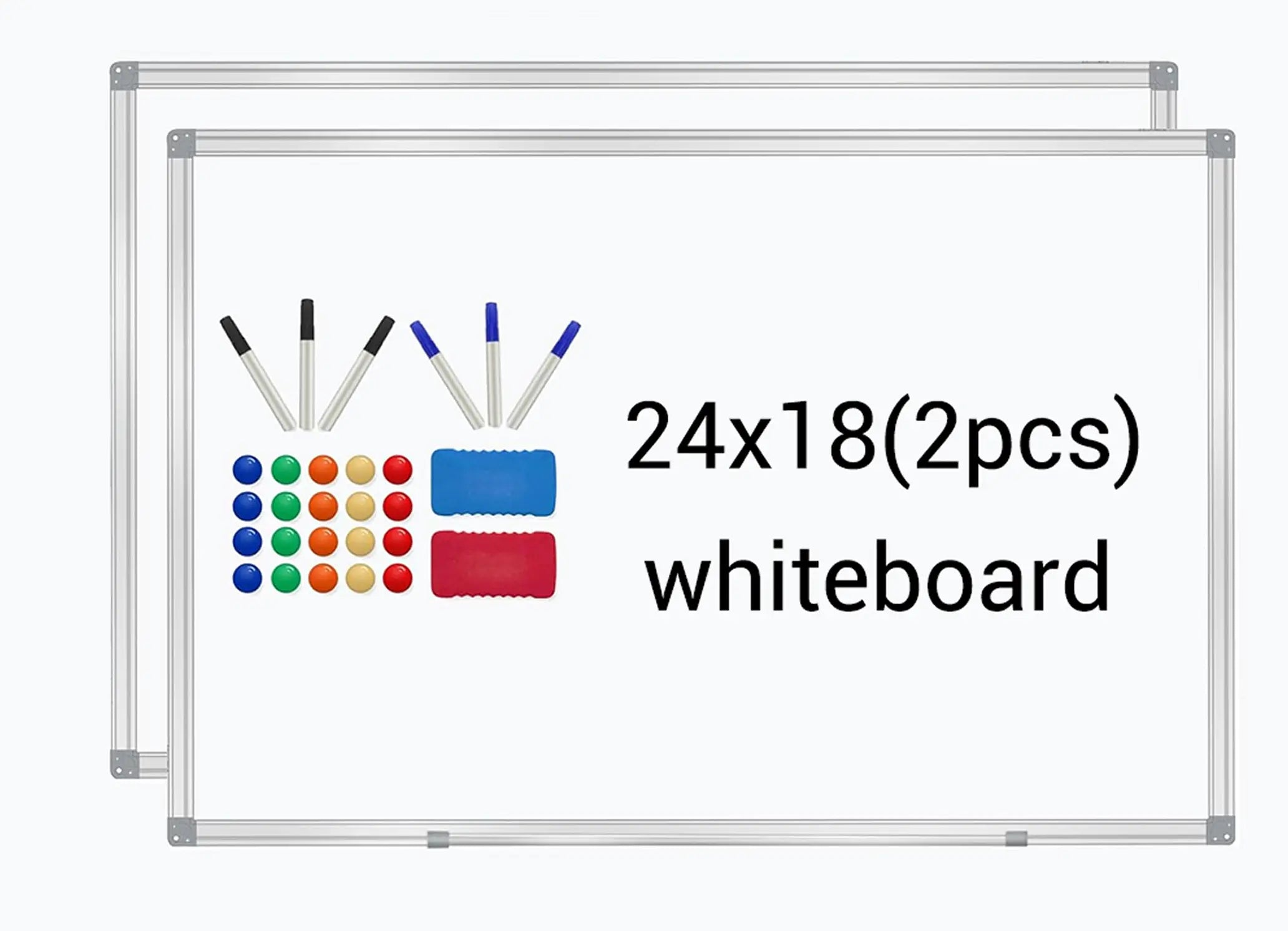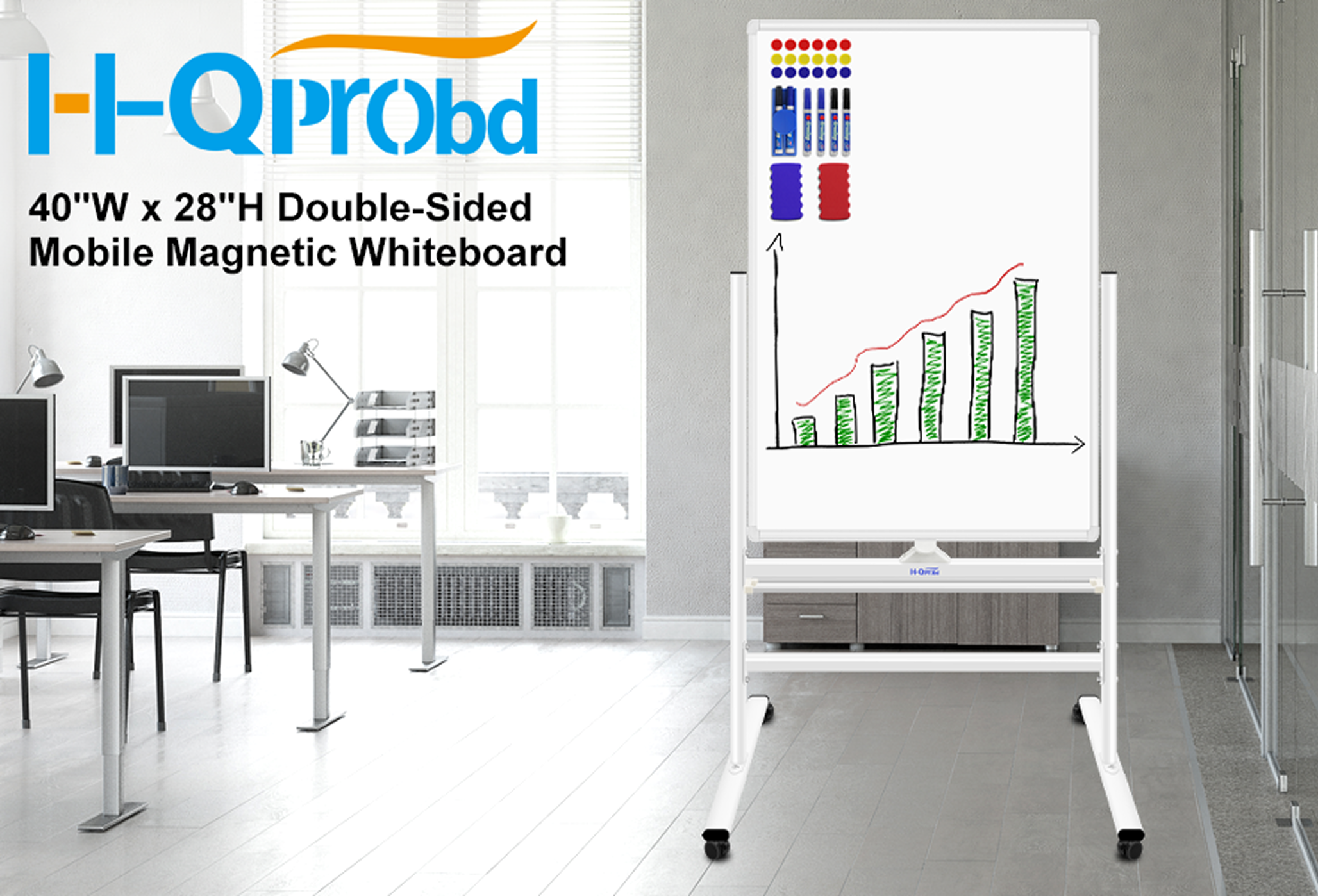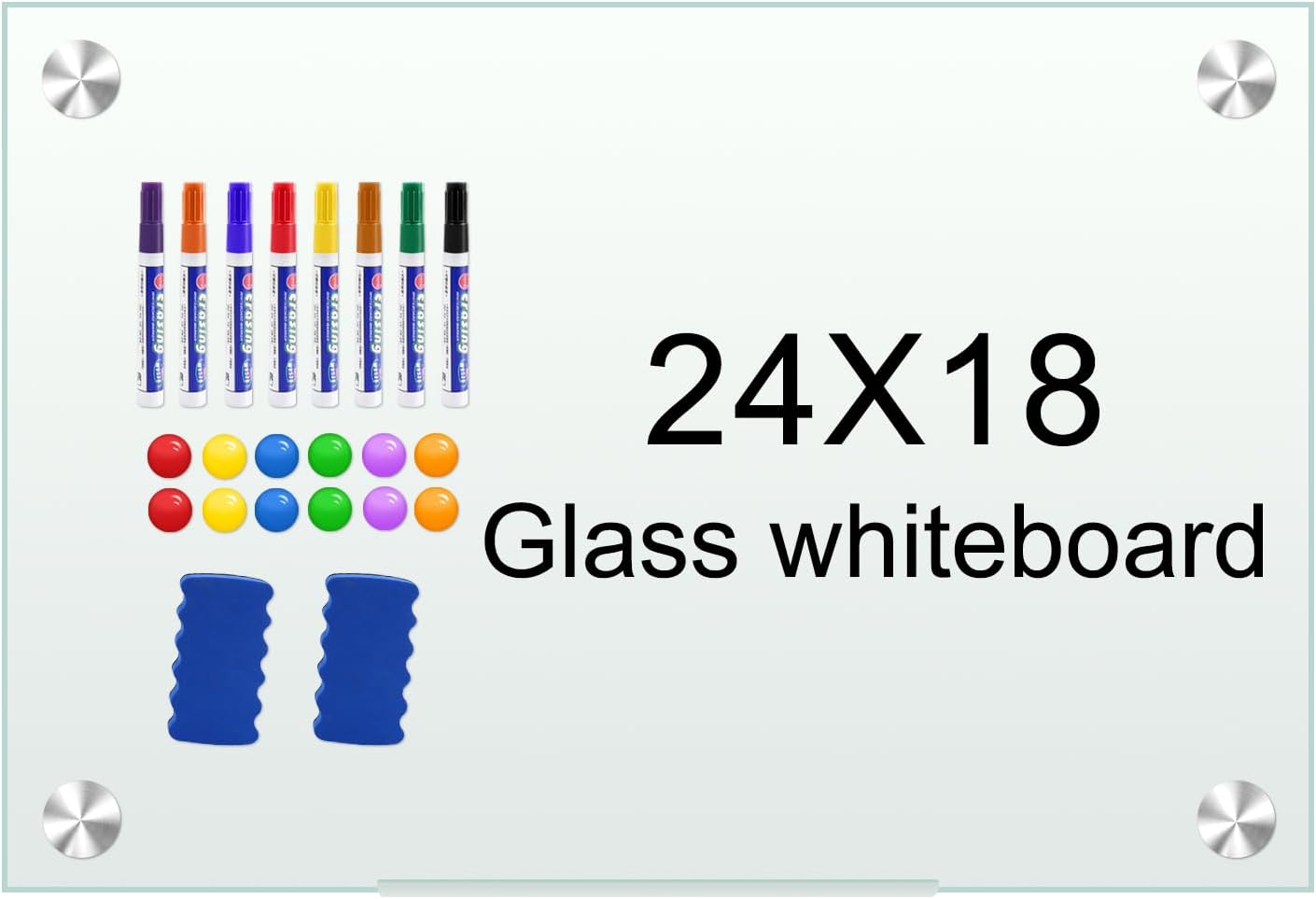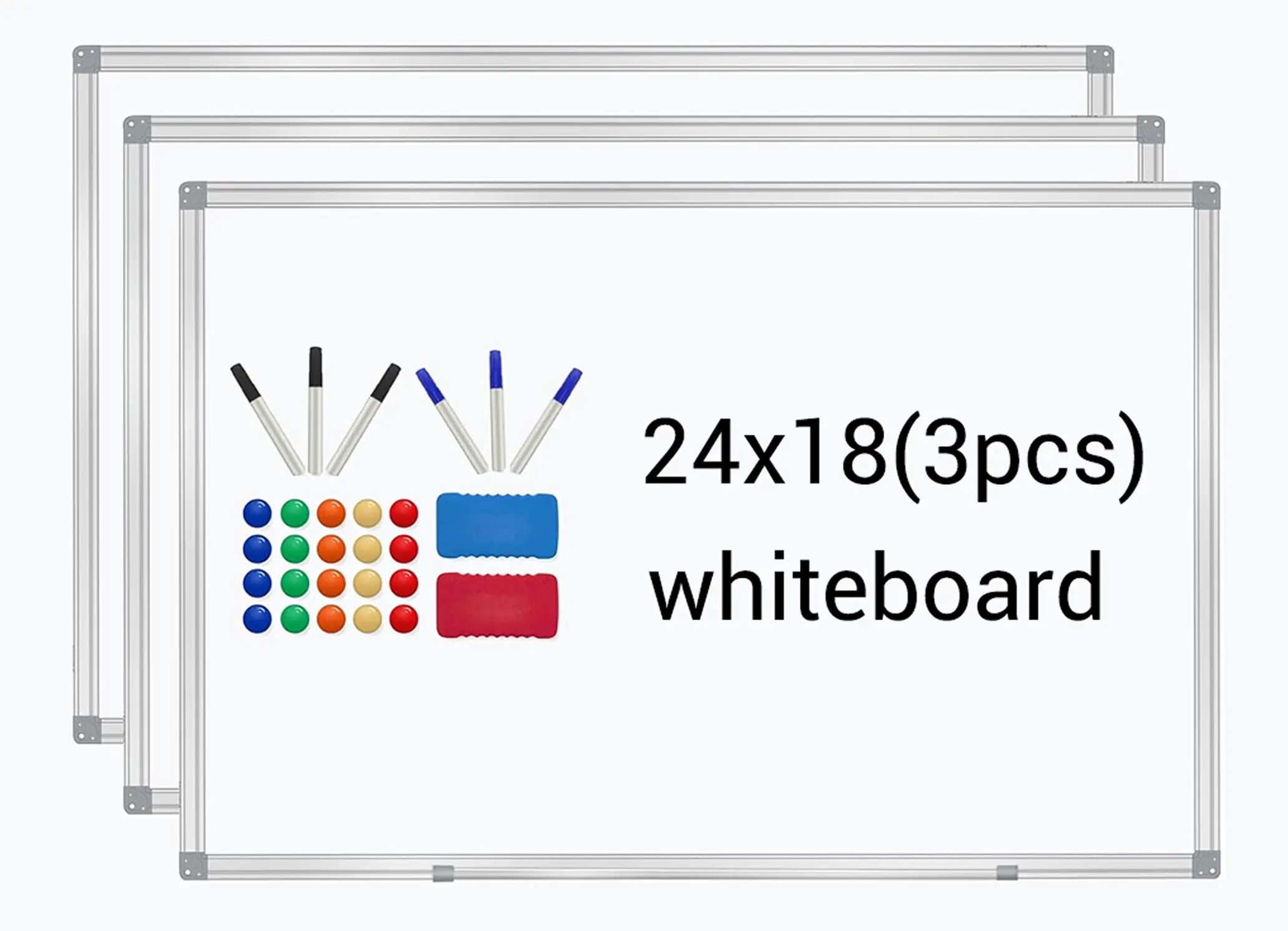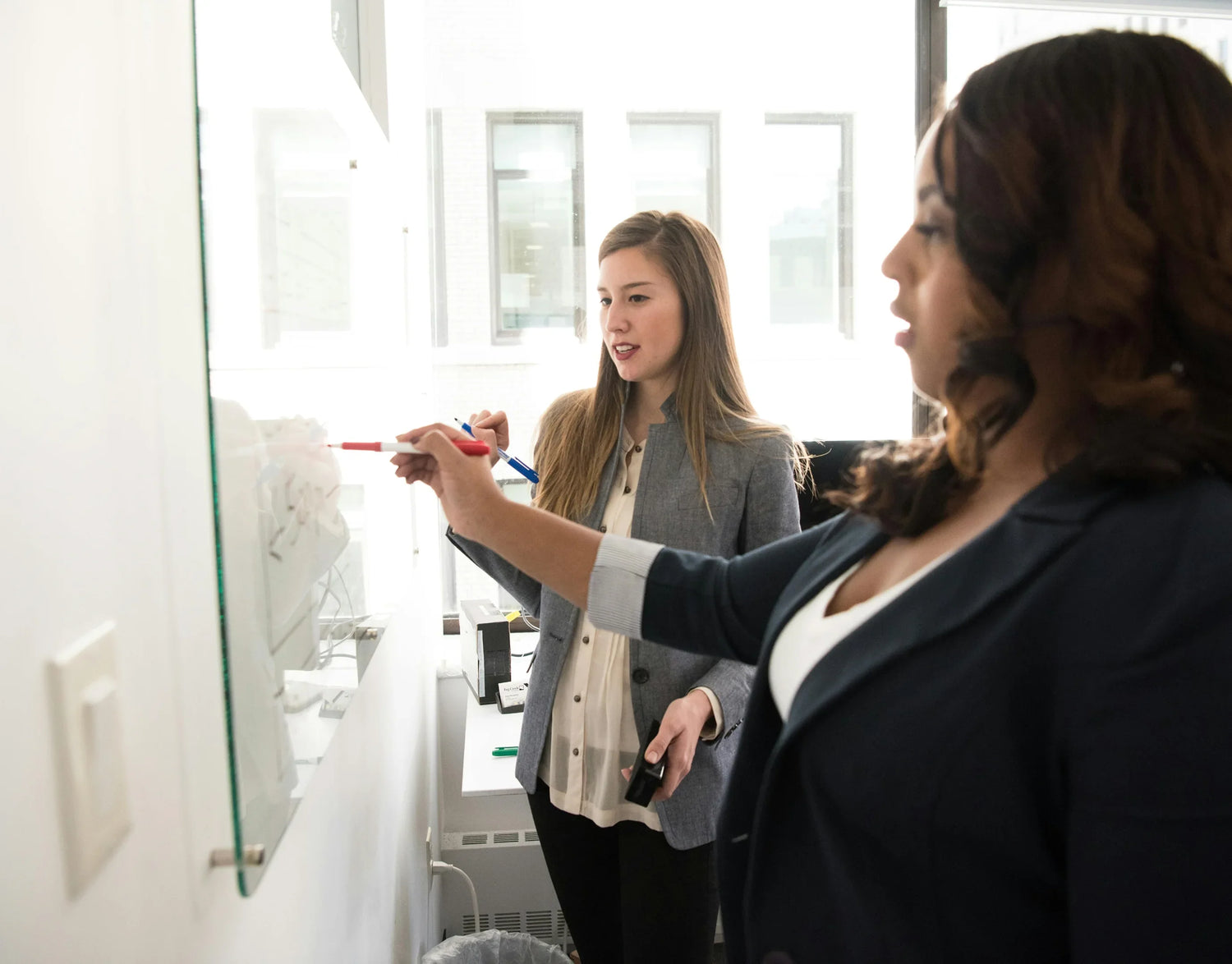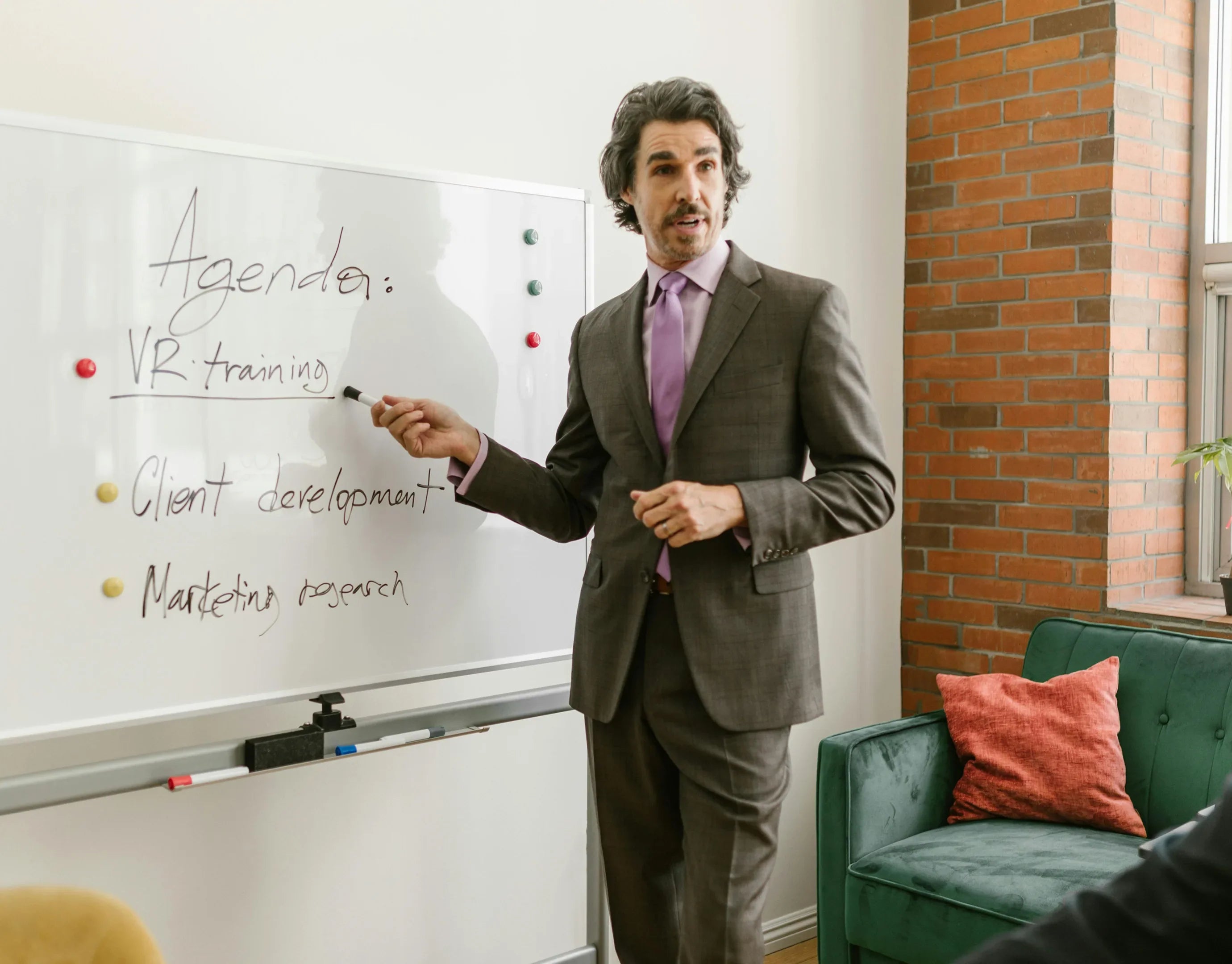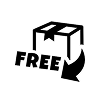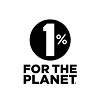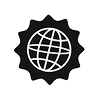When whiteboards yellow or ghost, demolition is not your only path. Dry-erase film turns walls, doors, and tabletops into writable spaces in minutes. For leased offices and schools, that low-disruption approach compresses projects from “someday” to “done by Monday,” because you avoid drilling permissions, dust control, and room downtime.
How the upgrade feels on day one
The room smells faintly of cleaner instead of gypsum. The first strokes glide rather than scratch. A week of notes disappears in a single pass, and the surface doesn’t complain with streaks. People notice they suddenly have meters of planning real estate; the corridor becomes a timeline rather than decoration.
Craft that makes film look intentional
Preparation is the quiet hero. Degreasing, patching, and dust removal let the film mirror a flat base; that is what separates “professional” from “temporary.” Large panels like a light mist and a patient squeegee from the center outward, with deliberate pressure at edges and corners so nothing lifts. Alignment to door frames, trims, and furniture lines makes the result read as architecture rather than an afterthought. Give the adhesive its cure time; once set, treat it like a premium board.
Where film beats full replacement
Speed matters when rooms cannot go dark. Compliance matters when building rules forbid penetrations. Scale matters when you want a ten-meter project wall without a visible frame seam every meter. Film wins these constraints with a clean finish that still takes ink well and erases without drama.
When a new board still makes sense
There are rooms where decade-class durability, heavy magnetism, or high-gloss presence matter more than speed. Porcelain steel and magnet glass earn their keep here, at the cost of drilling, anchors, and a longer schedule. Resurfacing is not a compromise; it is the correct tool for spaces that value continuity of work over construction.
Three weeks later in practice
Short check-ins happen at the wall that used to be dead space. Teachers stop juggling projectors for everyday activities because writing is faster. Facilities staff appreciate that clean-up is a cloth and a bottle, not a vacuum and a bin liner. The surface still wipes back to white in one motion, which means the habit sticks.
H-Qprobd film in the field
The kit bundles a spray bottle, squeegee, and cloth so teams can stage, apply, and finish without extra procurement. The adhesive releases cleanly if layouts change, which is common in fast-growing offices. The film writes smoothly with standard dry-erase markers and does not demand special pens, which keeps ongoing cost low.

